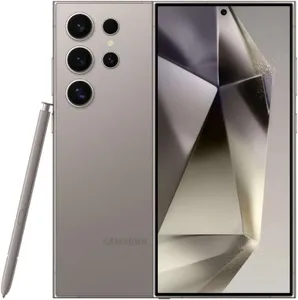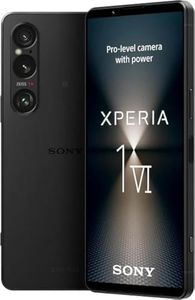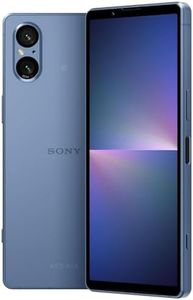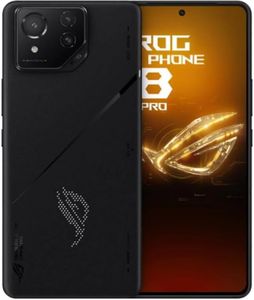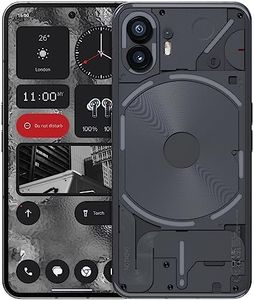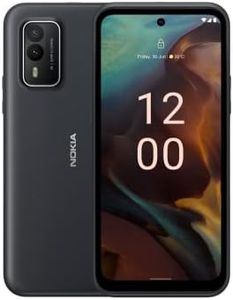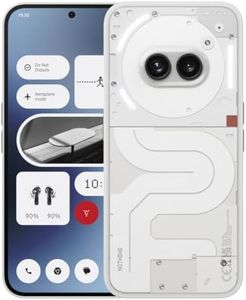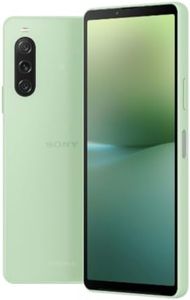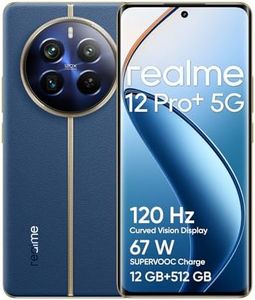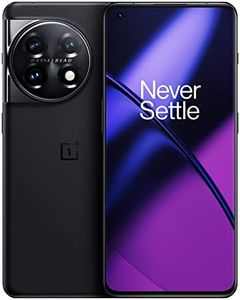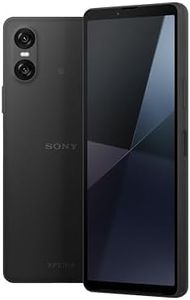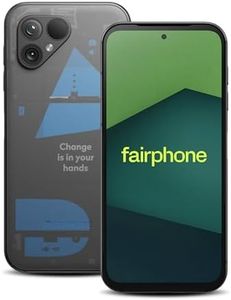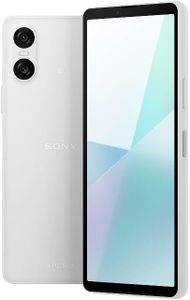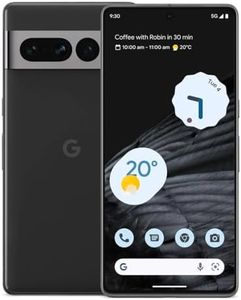We Use CookiesWe use cookies to enhance the security, performance,
functionality and for analytical and promotional activities. By continuing to browse this site you
are agreeing to our privacy policy
10 Best Dual Sim Unlocked Cell Phones
From leading brands and best sellers available on the web.Buying Guide for the Best Dual Sim Unlocked Cell Phones
When choosing a dual-SIM unlocked cell phone, it's all about understanding how these phones work and what features matter most for your lifestyle. Dual-SIM means the phone can hold and use two different SIM cards at the same time, which is helpful if you want to keep work and personal numbers separate, travel internationally, or use two different carriers for better coverage or prices. Unlocked phones aren't tied to any specific carrier, which gives you freedom to choose any network you like. To find the best fit for you, you need to look beyond just looks and brand—think about what you’ll be doing with the phone, how you use data and calls, and which features will really make your life easier.Dual-SIM TypeDual-SIM phones come mainly in two types: 'Dual SIM Standby' and 'Dual SIM Active.' Dual SIM Standby phones let both SIMs receive calls and texts, but if you’re talking on one line, the other can't take calls. Dual SIM Active means both lines can be active at the same time, even for calls. If you often need to juggle two calls at once and don’t want to miss anything, Dual SIM Active is for you. But for most people, Dual SIM Standby works well and is more common.
Network Bands and CompatibilityNetwork bands determine which carriers and networks your phone will work with, especially when traveling or using different SIM cards. Every country and carrier uses certain bands for talking, texting, and data. You should check which bands your main carriers use and make sure the phone supports them. Some phones support a wide range of bands ('global' phones), which is important if you travel often or use multiple networks. Pay attention to 4G/LTE and 5G bands—the more supported, the better the chances your phone will work wherever you go.
SIM Card Type (Physical or eSIM)SIM cards come in different forms: physical (nano, micro, standard) or electronic (eSIM). Some phones give you two physical SIM slots, while others offer one physical plus one eSIM slot. eSIM lets you add a plan without an actual card, which is great for travelers or people who like to switch networks often. If your carrier supports eSIM, this can give you more flexibility. If you prefer simplicity, two physical slots might be best.
Storage and Memory (RAM)Storage is where you keep your apps, pictures, and music, while RAM affects how smoothly your phone runs, especially with many apps open. If you mainly use your phone for calls, texts, and some browsing, lower storage and RAM are fine. If you play games, take lots of photos, or use heavy apps, look for higher storage (128GB or more) and more RAM (at least 4GB). This helps keep the phone fast and responsive over time.
Battery LifeDual-SIM phones can use more battery as both SIM cards are active, so battery size and efficiency become even more important. Battery capacity is measured in milliampere-hours (mAh). Smaller batteries (under 3500mAh) suit light users, while 4000mAh or more is better for frequent travelers, business people, or those on the go all day. If you rely on your phone for both personal and work use, longer battery life is worth prioritizing.
Operating System and UpdatesThe operating system (OS) is the software your phone runs on—usually Android or iOS. Some dual-SIM phones are only available in Android. It's important to choose a phone with a recent OS version for security and new features. Also, look into how long the manufacturer promises to update the software—regular updates keep your phone safe and running smoothly. If you care about the latest features, prioritize software support.
Camera QualityCamera quality matters if you like taking photos or video calls. Look at megapixels but also pay attention to things like the number of lenses (wide, telephoto, etc.), low light performance, and features like optical image stabilization. If taking pictures is just a bonus for you, any modern camera will do. If you want sharp, shareable photos or video, prioritize more advanced camera specs.
Build and Display QualityHow a phone feels in your hand, the strength of its materials, and the quality of its screen are important for daily use. Larger, sharper screens are better for reading, videos, and games, while a more compact size is easier to carry. Strong materials and water/dust resistance can matter if you’re rough on your phone. Think about what fits your style and how much screen real estate you need for your main activities.
